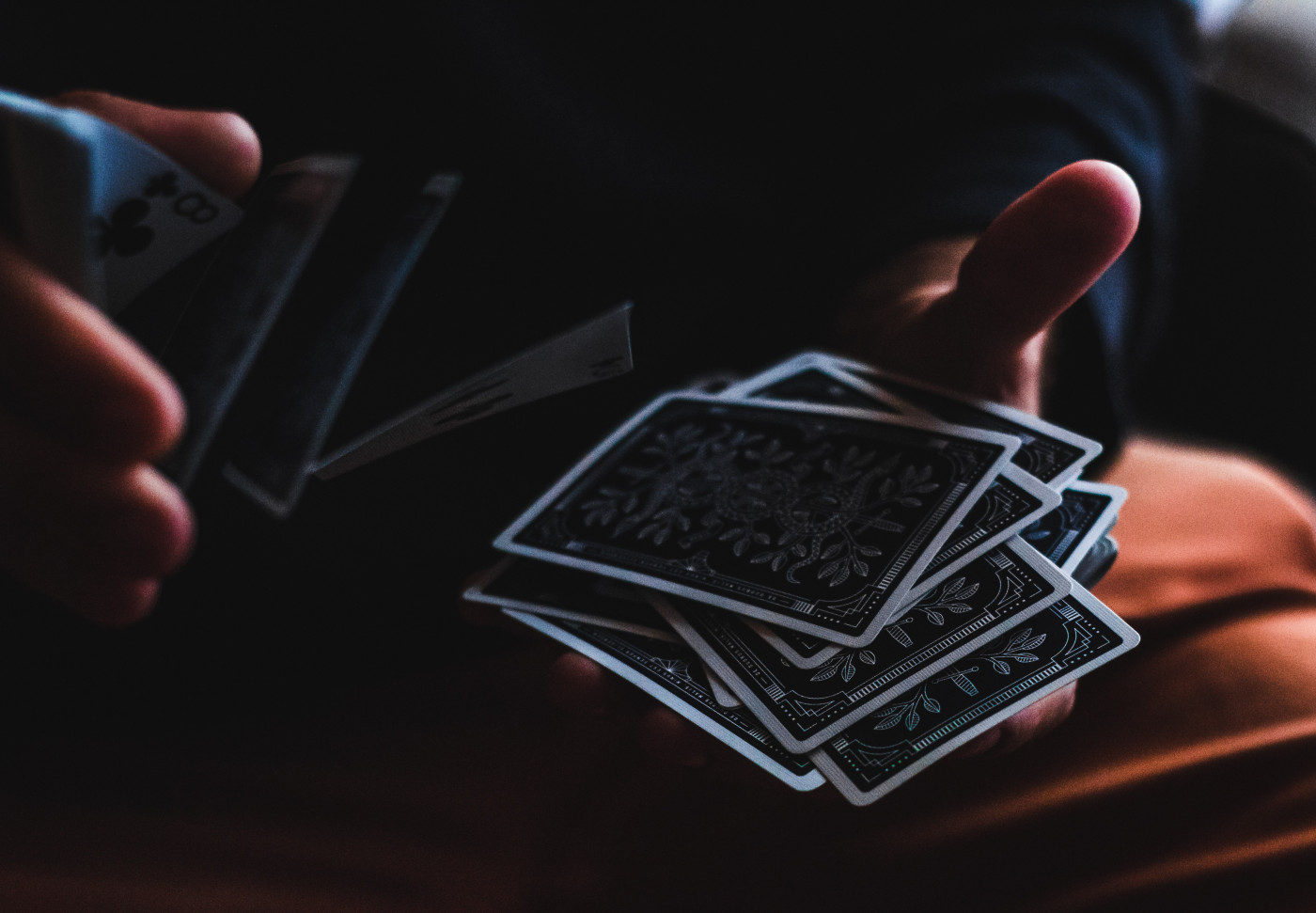Magic-themed Therapy May Help Hand and Arm Function in Children with Unilateral Cerebral Palsy, Study Says

A type of intensive therapy that asks children with unilateral cerebral palsy (CP) to learn and practice magic tricks may help improve their hand and arm function and enhance their ability to do everyday tasks, a study reports.
The study, “Upper Limb Function of Children with Unilateral Cerebral Palsy After a Magic-Themed HABIT: A Pre-Post-Study with 3- and 6-Month Follow-Up,” was published in the Journal of Physical & Occupational Therapy in Pediatrics.
Children with unilateral CP have movement limitations mainly on one side of the body, affecting their ability to perform daily activities that require the use and coordination of both hands.
Hand-arm bimanual intensive therapy, or HABIT, is based on the principles of motor learning theory and neuroplasticity through structured, playful, and activity-based tasks involving two hands. HABIT includes motor learning principles of task selection, a structured practice of grading tasks, feedback, and home practice. In this way, children are engaged in fun activities and supportive environments that are different from typical therapy.
A group of Australian researchers recruited 28 children with unilateral CP between the ages of 7.6 and 16 years to participate in a new magic-themed HABIT intervention, called Amazing Magic Club (AMC), which took place in three different cities — Sydney, Melbourne and Brisbane — in Australia in 2015.
The AMC program consists of 10 intensive six-hour days, in which children are asked to choose a magic trick and to practice it each day, with the aim of targeting specific movements that are difficult for children with unilateral CP. The magic tricks vary in complexity of physical movements and cognitive engagement. Children are given feedback for their physical performance and from professional magicians, and they are also given homework each night.
Participants were committed to the 10-day AMC program and six additional sessions — held monthly for 3.5 hours at a local community center. A typical day included the learning and practice of magic tricks, food preparation, performance rehearsals, craft activities, and bimanual games.
“AMC is completed in a theater space so that children can become familiar with performing on stage. AMC culminates in a performance for children to showcase their new magic skills,” the researchers wrote.
Children and parents were assessed at four time points: baseline (within the first two weeks of starting AMC); post-AMC (within one week of AMC completion); and three months and six months after AMC.
Bimanual performance was evaluated using the Assisting Hand Assessment (AHA) and the Box and Blocks Test (BBT). The AHA assesses a child’s ability to use their hands and arms by observing the child’s spontaneous handling of toys in a relaxed and playful session. In the BBT, a child is given a minute to move small blocks from one box, across a partition, into another box.
No significant improvement was seen in AHA scores, although eight children showed a clinically meaningful improvement in AHA between the baseline and post-AMC time points.
The Canadian Occupational Performance Measure (COPM) was used to evaluate children’s self-perception of performance and satisfaction in everyday living over time, in priority areas identified by caregivers or by the child’s self-report, including bimanual dressing and food preparation, as well as cutlery use with both hands.
“COPM performance and satisfaction are rated using two 10-point scales where a score of 10 represents strong performance and high satisfaction. A change of 2 or more points is interpreted as clinically meaningful,” the researchers said.
They observed a significant improvement in COPM results, in both performance and satisfaction, accompanied by a significant increase in scores from baseline to all follow-up time points.
Moreover, 17 parents perceived a clinically meaningful improvement in COPM performance and 14 in COPM satisfaction, from baseline to post-AMC.
Parent’s perception of the child’s ability to use both hands in everyday activities was evaluated using the ABILHAND-Kids — a measure of manual ability — and the Children’s Hand-use Experience Questionnaire (CHEQ).
The analysis showed a significant increase at six months in ABILHAND-Kids scores — meaning the children improved their manual ability — and an increase in grasp efficiency. However, no improvements were detected regarding the time taken to complete tasks.
“Children who participated in the magic-themed HABIT experienced improved occupational performance, unimanual skills, and parent ratings of performance in challenging everyday tasks,” the researchers wrote.
Although contrary to previous reports, the researchers found no significant improvements in bimanual ability, as shown by the AHA test, suggesting “that there may be other aspects of the magic-themed intervention, such as motivation, that support more independent completion of bimanual everyday activities,” according to them.


